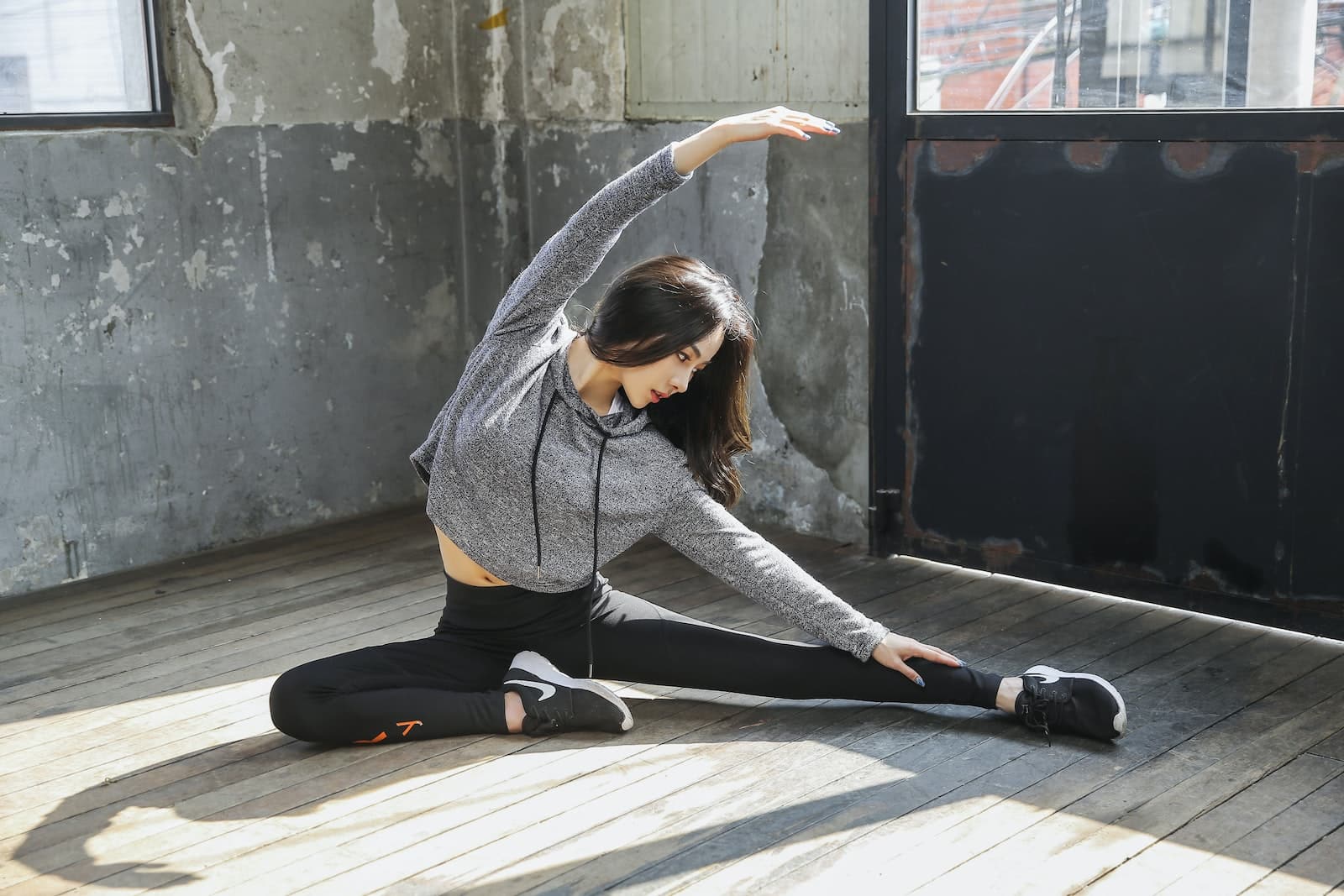Free Up Those Hips

I talk regularly about how posture is key to a strong, stable and fast run (and swim and bike!). To have good posture, you require a strong “core”. If the core isn’t strong enough to do the job, it will change position to provide the stability it needs. This typically means the hips, hamstring and mid back become tense to try to give some stability to the area. Those chronically tight hip flexors? Yep, they attach to the spine, and if you’ve got a sloppy set of abs you’ll get your hip flexors trying to hold your spine together and they’ll stay tight as a drumskin for as long as they need to give up that stability.
Think of it this way.
The spine with a weak core is like some guy who can’t get any attention from the ladies at the bar. As a result, needs a wingman to close the deal. He’s got himself dressed up, a thick layer of Lynx Body Spray on, but still can’t get the job done on his own. In order to seal the deal, he needs someone else at the wheel.
That’s really the great thing about the body, no matter what happens, it will always find a way. We’ve all seen someone who limps, hitches, sticks their bum out, or leans over at the hips; we think “that can’t be comfortable.” These are all ways to reduce strain on some part of the body and get the individual to feel the least amount of pain and be the most efficient possible; even if it’s not ideal.
Compensations are an efficient, less painful way of getting the job done.
Now if we look at the hip specifically, we see no reason whatsoever that it should be restricted and less than mobile, at least from a structural perspective. It’s a very open ball and socket joint and can go through a huge range of motion before it gets to an actual end-range due to bony contact or capsular ending.

The ease of motion is aided further by synovial fluid to reduce friction, thick cartilaginous lining, a strong but flexible labrum, and positioning on the side of the pelvis to allow the greatest range of motion through multiple planes of movement compared to if it were simply in a hinge formation like the knee or elbow.
So how do our hips affect our running?
As we run, from the moment our standing foot begins to pass under our body, the overall goal is to create optimal forward propulsion (and some upwards displacement). This propulsion is created by us effectively pushing the ground away beneath and behind our forward moving centre of mass. We can clearly see great examples of this propulsive extension pattern in many elite distance runners. Running pace is governed largely by the combination of stride length and stride frequency (running cadence).
The ability to extend well through the hips is key to developing running speed and efficiency. Remember the length of our strides should come from the leg extending behind us rather than reaching out in front. If the hips are tight, then the likelihood is that the pelvis will get pulled out of its optimal, stable position. This results in many of it’s attaching muscles are subsequently positioned in a disadvantaged position; they cannot effectively fulfil their role.

When doing a hip flexor stretch, ensure that you’re still maintaining good strong posture.
If a runner lacks hip extension, they won’t be able to increase stride length enough to realise their true potential pace while remaining efficient. When it comes to movement, we humans have a remarkable ability to cheat. Our body finds ways to “get the job done” – as mentioned above.
How to mobilise your hips
The muscles of the hip that resist motion are primarily found on the outside/front of the hip. These muscles play a key role in providing stability to the spine along with other parts of the core. This is where the side plank comes in. It can help to stimulate these muscles and force them to work together to help stabilize the spine in a position that doesn’t allow compensation, and therefore can re-set the hip and core to allow the hip to move properly. Throw a leg raise in there and you have some great stability and strength.
A good front plank should make your glutes incredibly tired from forcibly making them contract. Your hip flexors should stretch and the abs bite down harder.
Hopefully, this will allow you to get an easier knee lift, and also leg extension to your running stride. This should go some way to giving your run more power, more speed and more stability.
The proof is always in the pudding. If you do something with a specific goal in mind, what you are doing should be moving you closer to achieving that goal. If it doesn’t you’re barking up the wrong tree. Give this a try, and let me know if it works for you
Send us a message or leave a comment and let us know if you have any questions! We all have our own thoughts on the matter, and we all have something different that suits us.
See what’s up next week for our #RunFormFriday tip! For a more in-depth understanding of how to put this into practice, get in touch and we’ll see how we can help!
